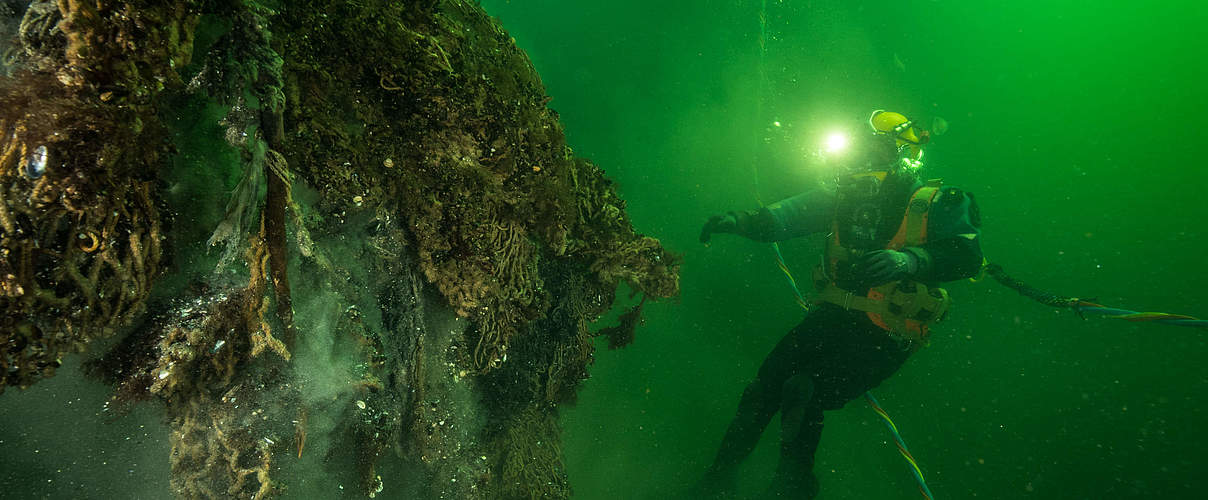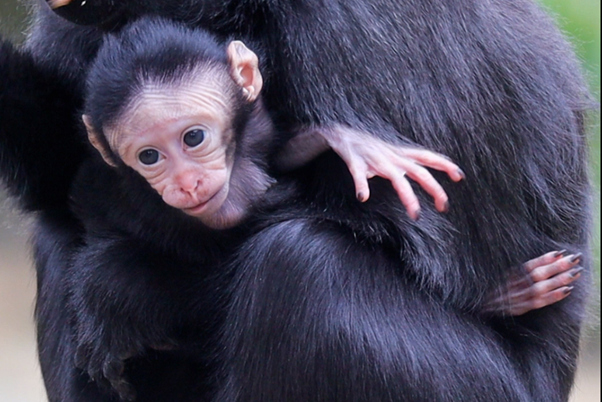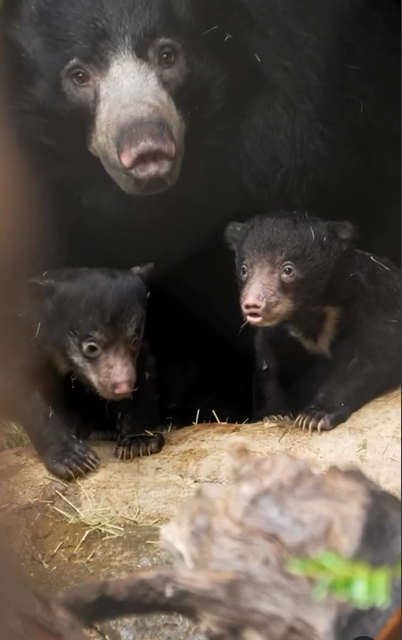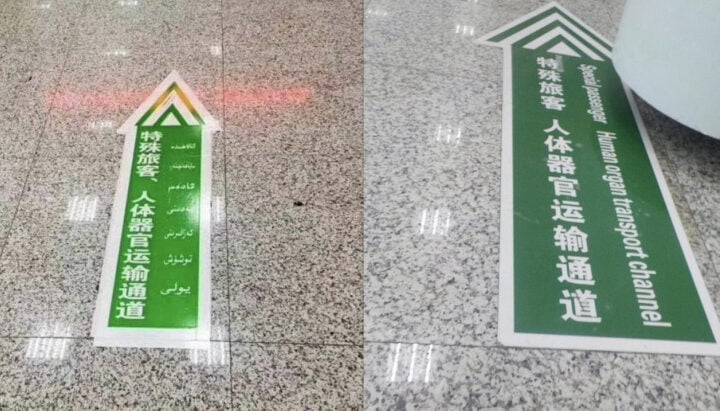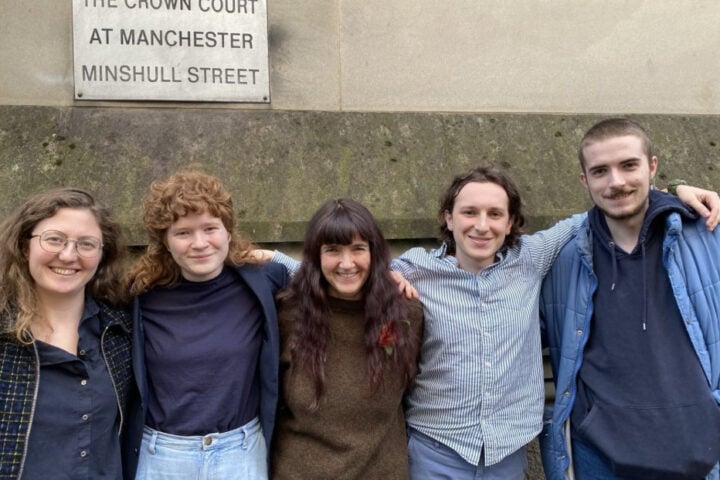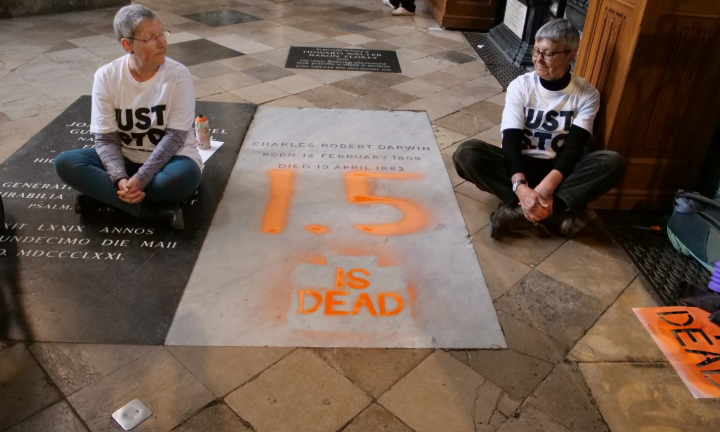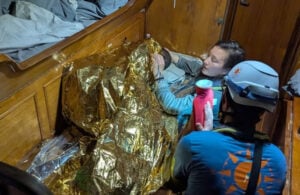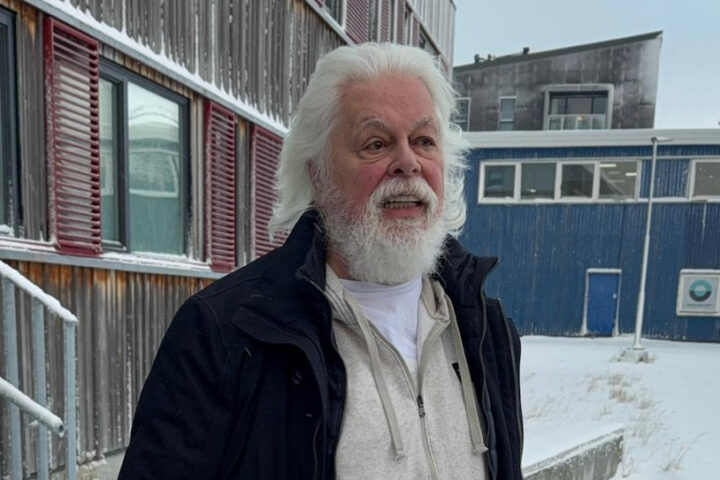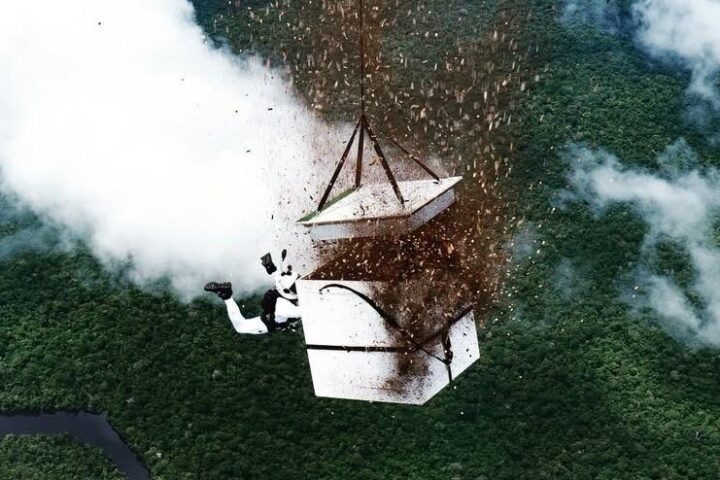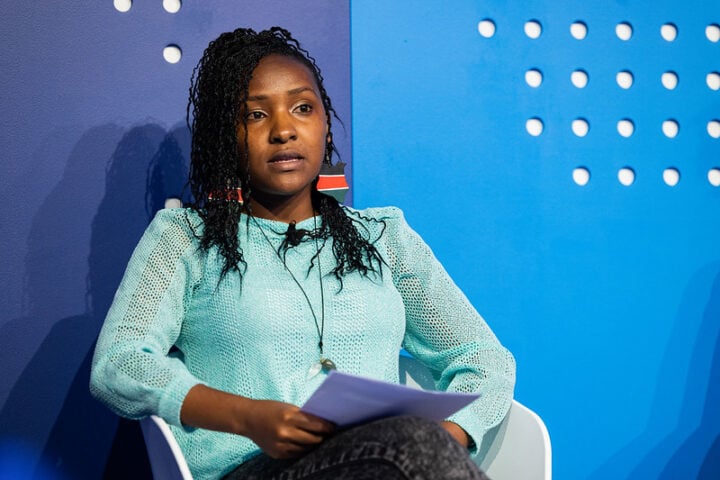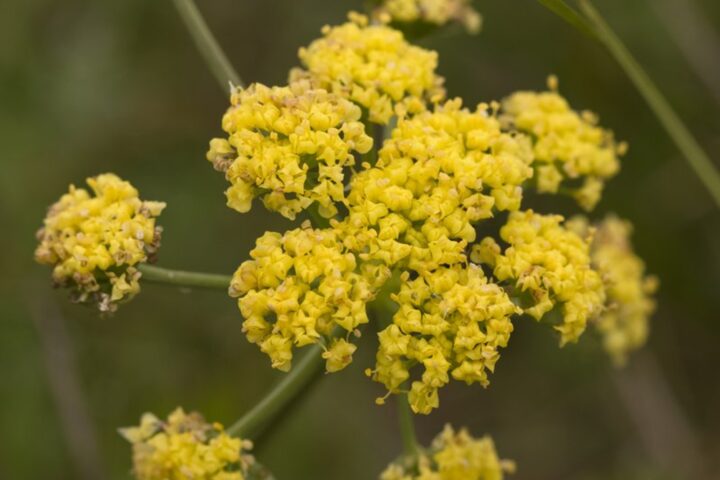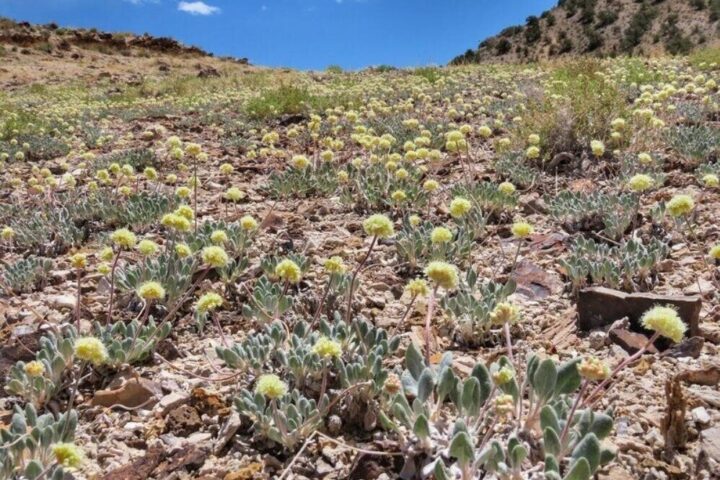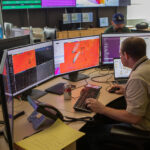Lurking beneath ocean waves, abandoned fishing nets silently wreak havoc on marine ecosystems. WWF Germany quantifies this aquatic menace: 50,000 tons of ghost nets infiltrate oceans yearly, while 20% of fishing gear vanishes into watery depths annually. These mesh predators account for 30% of marine plastic waste, perpetually ensnaring sea creatures while deteriorating into microplastic fragments over centuries.
Enter GhostNetZero.ai – a collaboration between WWF Germany, Microsoft AI for Good Lab, and Accenture. This AI-powered platform scrutinizes high-resolution sonar data, originally collected for maritime navigation and offshore wind farm surveys, to pinpoint ghost net locations with 90% accuracy.
“Ghost nets endanger marine animals and ecosystems…but they lurk invisible under water, and detection gets complex,” explains Gabriele Dederer, WWF Germany’s research diver and project leader. “The combination of sonar search and AI-supported detection enables a quantum leap: the seabed gets mapped worldwide, generating massive data volumes. When we specifically analyze existing image data from heavily fished marine zones, it transforms ghost net detection entirely.”
The platform’s AI engine distinguishes between genuine ghost nets and similar-looking underwater structures like cables – a perpetual challenge for manual inspectors examining seafloor sonar imagery. Currently, the system learns to detect subtle differences across various sonar data formats, enabling systematic analysis of existing datasets.
Thomas Knüwer, chief creative officer at Accenture Song ASG, elaborates: “By replacing manual searches with an AI-driven, scalable process, we’re making ghost net detection faster and more effective than ever.”
Similar Posts
Juan Lavista Ferres, Microsoft AI for Good Lab’s corporate vice president and chief data scientist, adds: “The Microsoft AI for Good Lab developed a model that allows GhostNetZero to analyze sonar data to identify and remove ghost nets with accuracy and efficiency that is only possible with AI.”
WWF Germany already retrieved 26 tons of nets from Baltic Sea waters through manual sonar image analysis. Now, they seek partnerships with research institutes, authorities, and offshore wind companies to expand their sonar data repository via the online platform.

The initiative exemplifies AI’s pragmatic environmental applications. However, questions persist about scaling detection efforts globally, coordinating retrieval operations, and preventing net losses altogether. As marine plastic pollution escalates, merging technology with conservation could offer viable solutions for cleaner oceans.
For marine creatures entangled in these synthetic traps, every recovered net means survival. While technology charts paths toward cleaner seas, preventing fishing gear los-s remains crucial for long-term ocean health.
